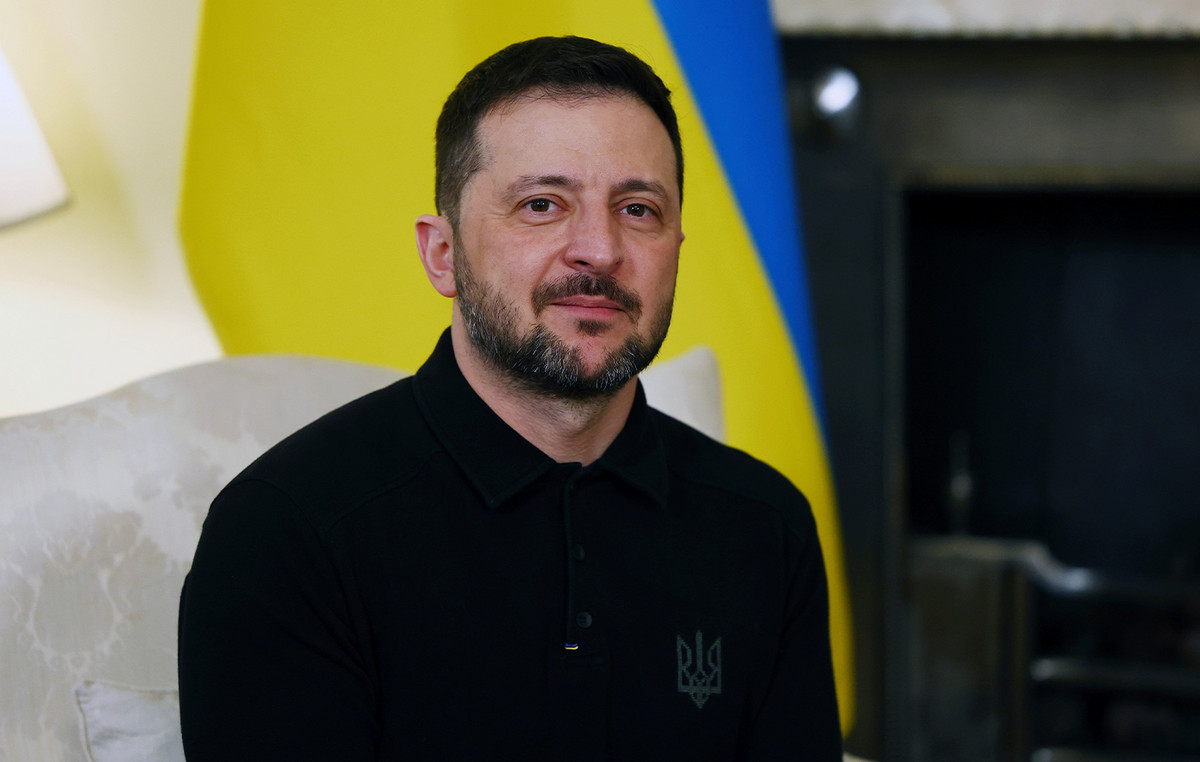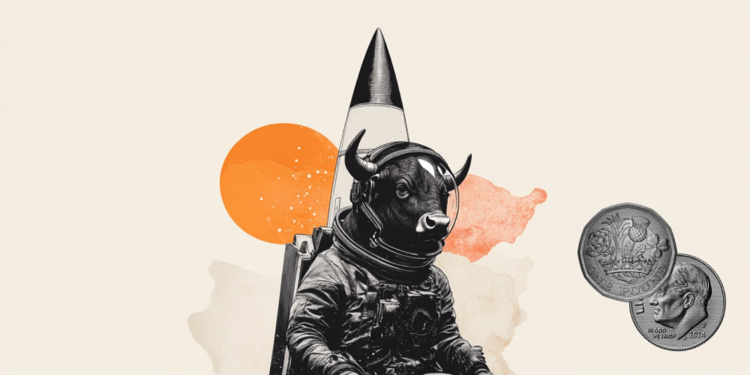The new season of “Doctor Who” starring Ncuti Gatwa as the Doctor premiered on Disney+ at the beginning of May, and although the British series has a legion of fans around the world, it may not seem so inviting to those who want to enter this universe for the first time.
That's because this new season is the 14th since the series returned in 2005 and the 40th overall. Got confused? We explain it to you.
The first “era” of the series was shown between 1963 and 1989 on the British television channel BBC, during which seven different actors took on the role of Doctor. In 1996, a “Doctor Who” film was released, featuring an eighth Doctor, but it was not very successful.
Until in 2005, the BBC decided to resume the series, beginning a second era for “Doctor Who” and making many new fans fall in love with the story.
Ncuti Gatwa is the 15th Doctor in the series, and his season ushers in a third era — so, in addition to being the 40th overall and the 14th since the show's return, it's also the 1st in this new era.
“Doctor Who” it also brings some concepts that may seem confusing to those new to the story, such as the fact that the actors who play the Doctor change, but the character remains the same, and what exactly the Doctor is, since he is not a human being. Furthermore, what is TARDIS?
A CNN will explain some of the main concepts of “Doctor Who” for those who have decided to start following the series, but don't want to have to watch 40 seasons before understanding the plot.
Who (and what) is the Doctor?
The Doctor is an alien from the planet Gallifrey, homeland of the Time Lords, and belongs to the race of Time Lords, who have the gift of manipulating space-time, as well as great skills in different areas of knowledge.
In other words, the Doctor is able to travel through time and space, and this is what moves the plot of the series, as the character constantly tries to defend the forces of good, repair mistakes and help people throughout the story.
His real name is unknown, as he refuses to reveal it and introduces himself only as Doctor.
Different actors?
Throughout the seasons of “Doctor Who”, different actors bring the Doctor to life — so far, there have been more than 15 different protagonists.

When the series debuted in 1963, the actor responsible for introducing the character to the world for the first time was William Hartnell. However, the actor became ill and needed to be replaced for the series to continue.
To explain the change, the series' writers gave the character the ability to regenerate every time he died. This way, instead of staying dead, the Doctor would just switch bodies.
Gatwa is the first black protagonist in the franchise. The previous season starred actress Jodie Whittaker, the first woman to take on the role of Doctor.
Time Machine?
Like every time traveler, the Doctor also has his time machine: the TARDIS.

The TARDIS is a kind of 20th century British police box that allows the character to visit different moments in history. In theory, it should be able to disguise itself as any object so as not to attract attention where it lands, but the technology that allowed this camouflage was damaged and, therefore, the TARDIS remains a British police box regardless of place or time.
Human partner
Another important fact about the series is that the Doctor does not travel alone, always having a human companion to face his adventures. This season, the Doctor from Gatwa has as his partner Ruby Sunday, played by actress Millie Gibson.
Where to watch?
The seasons of the first and second eras of “Doctor Who” are not available on any of the streaming platforms in Brazil.
You can watch the first season of the third era and the series' 60th anniversary specials on Disney+ .
“Doctor Who”: Ncuti Gatwa says it was “essential” to address racial issues
Source: CNN Brasil
I’m Robert Neff, a professional writer and editor. I specialize in the entertainment section, providing up-to-date coverage on the latest developments in film, television and music. My work has been featured on World Stock Market and other prominent publications.







